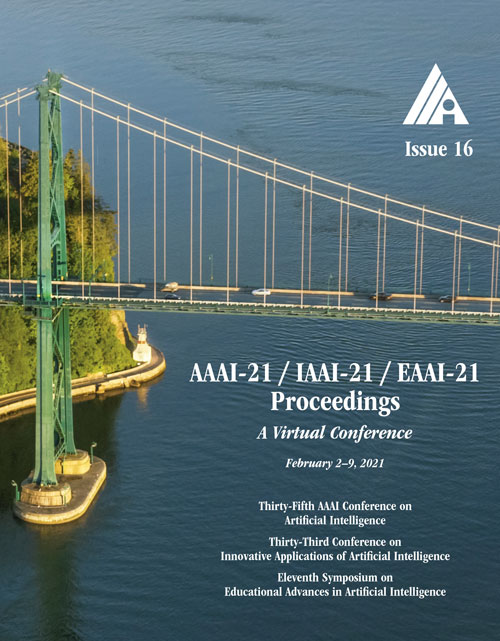A Controllable Model of Grounded Response Generation
DOI:
https://doi.org/10.1609/aaai.v35i16.17658Keywords:
Conversational AI/Dialog SystemsAbstract
Current end-to-end neural conversation models inherently lack the flexibility to impose semantic control in the response generation process, often resulting in uninteresting responses. Attempts to boost informativeness alone come at the expense of factual accuracy, as attested by pretrained language models' propensity to "hallucinate" facts. While this may be mitigated by access to background knowledge, there is scant guarantee of relevance and informativeness in generated responses. We propose a framework that we call controllable grounded response generation (CGRG), in which lexical control phrases are either provided by a user or automatically extracted by a control phrase predictor from dialogue context and grounding knowledge. Quantitative and qualitative results show that, using this framework, a transformer based model with a novel inductive attention mechanism, trained on a conversation-like Reddit dataset, outperforms strong generation baselines.Downloads
Published
2021-05-18
How to Cite
Wu, Z., Galley, M., Brockett, C., Zhang, Y., Gao, X., Quirk, C., Koncel-Kedziorski, R., Gao, J., Hajishirzi, H., Ostendorf, M., & Dolan, B. (2021). A Controllable Model of Grounded Response Generation. Proceedings of the AAAI Conference on Artificial Intelligence, 35(16), 14085-14093. https://doi.org/10.1609/aaai.v35i16.17658
Issue
Section
AAAI Technical Track on Speech and Natural Language Processing III

